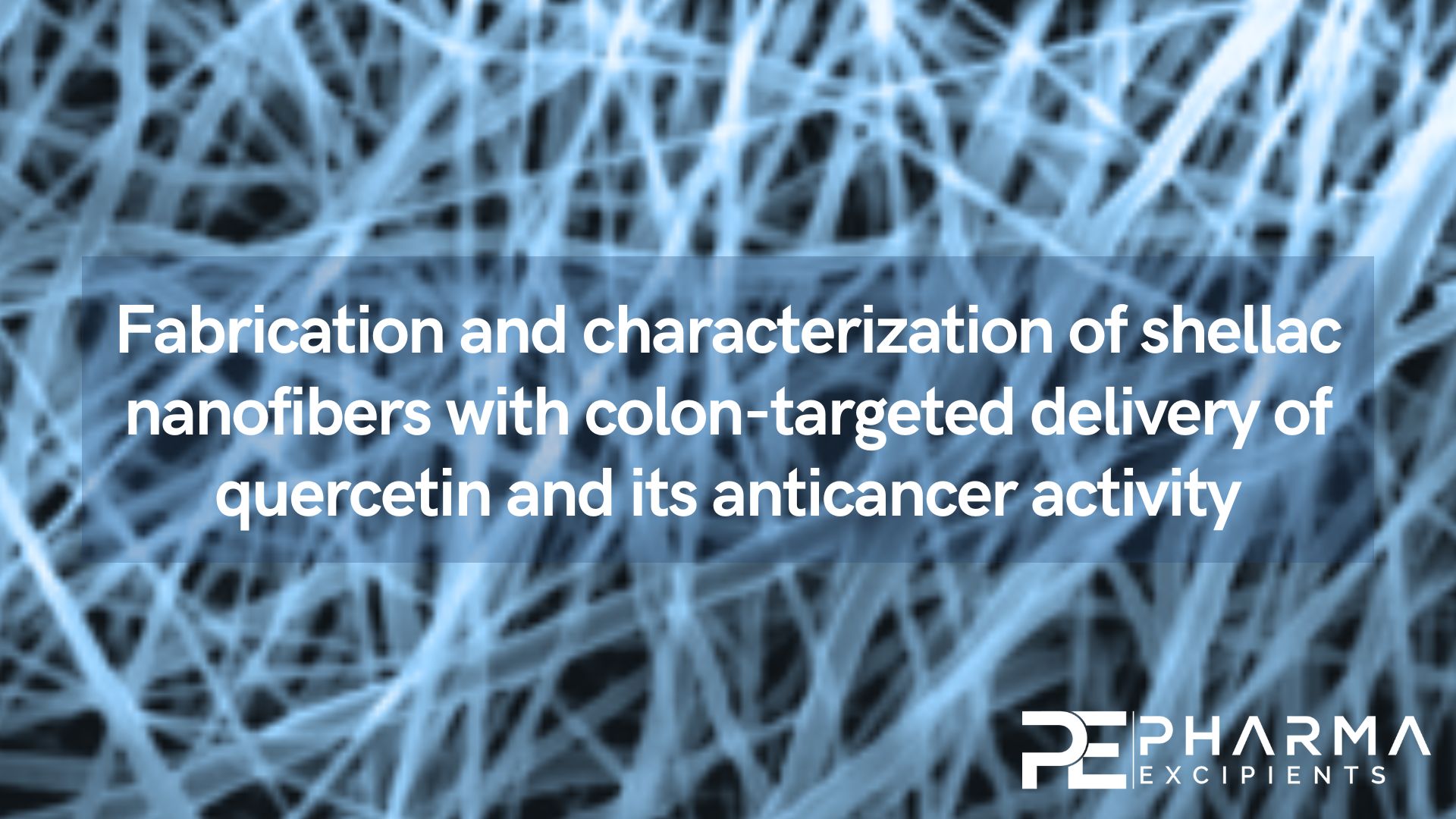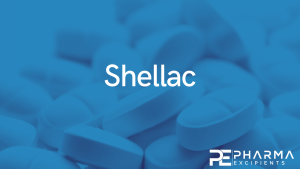Fabrication and characterization of shellac nanofibers with colon-targeted delivery of quercetin and its anticancer activity

In this study, the feasibility of shellac nanofibers as carrier system for colonic delivery of quercetin was evaluated. Firstly, the nanofibers without and with different amounts (2.5 %, 5.0 %, and 7.5 %) of quercetin were fabricated using pure shellac as a carrier by electrospinning. The morphology of nanofibers was bead-shape confirmed by SEM. FTIR, XRD, and DSC analysis showed that quercetin was encapsulated into shellac nanofibers, forming an amorphous complex. The molecular docking simulation indicated quercetin bound well to shellac through hydrogen bonding and van der Waals forces. These nanofibers had higher thermal stability than pure quercetin, and their surface wettability exhibited a pH-responsive behavior.
Highlights
- Electrospun shellac nanofibers with different amounts of quercetin were fabricated.
- Shellac interacted with quercetin via hydrogen bonds to form an amorphous complex.
- The nanofibers had high thermal stability and pH-responsive wetting behavior.
- Nanofibers had high gastrointestinal stability and could be dissolved in the colon.
- Nanofibers exhibited improved anticancer effects against HCT-116 cells.
The loading capacity of quercetin varied from 2.25 % to 6.84 % with the increased amount of quercetin, and it affected the stability of nanofibers in food simulants by measuring the release profiles of quercetin. The shellac nanofibers had high gastrointestinal stability, with a minimum quercetin release of 16.87 % in simulated digestive fluids, while the remaining quercetin was delivered to the colon and was released gradually. Moreover, the nanofibers exerted enhanced anticancer activity against HCT-116 cells by arresting cell cycle in G0/G1 phase and inducing cell apoptosis. Overall, shellac nanofibers are promising materials for colon-targeted delivery of active compounds.
Read more here
Materials
Shellac was purchased from Shanghai Yuanye Biotechnology Co., Ltd. (Shanghai, China) and quercetin (97 %) was brought from Aladdin Chemistry Co., Ltd. (Shanghai, China). 2,2-Diphenyl-1-picrylhyrdrazyl (DPPH) was purchased from Macklin Biochemical Co., Ltd. (Shanghai, China), and 2,4,6-tris(2-pyridyl)-s-triazine (TPTZ) were provided from Shanghai Yuanye Biotechnology Co., Ltd. (Shanghai, China).
Shu-Fang Li, Teng-Gen Hu, Yuan-Bao Jin, Hong Wu, Fabrication and characterization of shellac nanofibers with colon-targeted delivery of quercetin and its anticancer activity, International Journal of Biological Macromolecules, 2024, 130789, ISSN 0141-8130, https://doi.org/10.1016/j.ijbiomac.2024.130789.
Read more on Shellac as a pharmaceutical excipient here:


